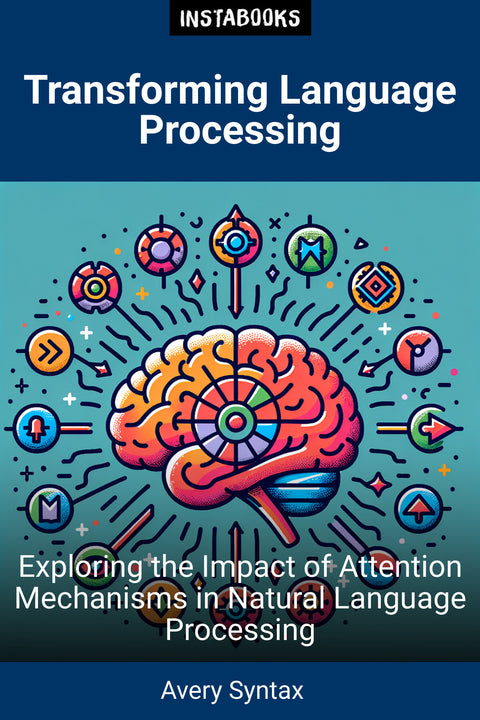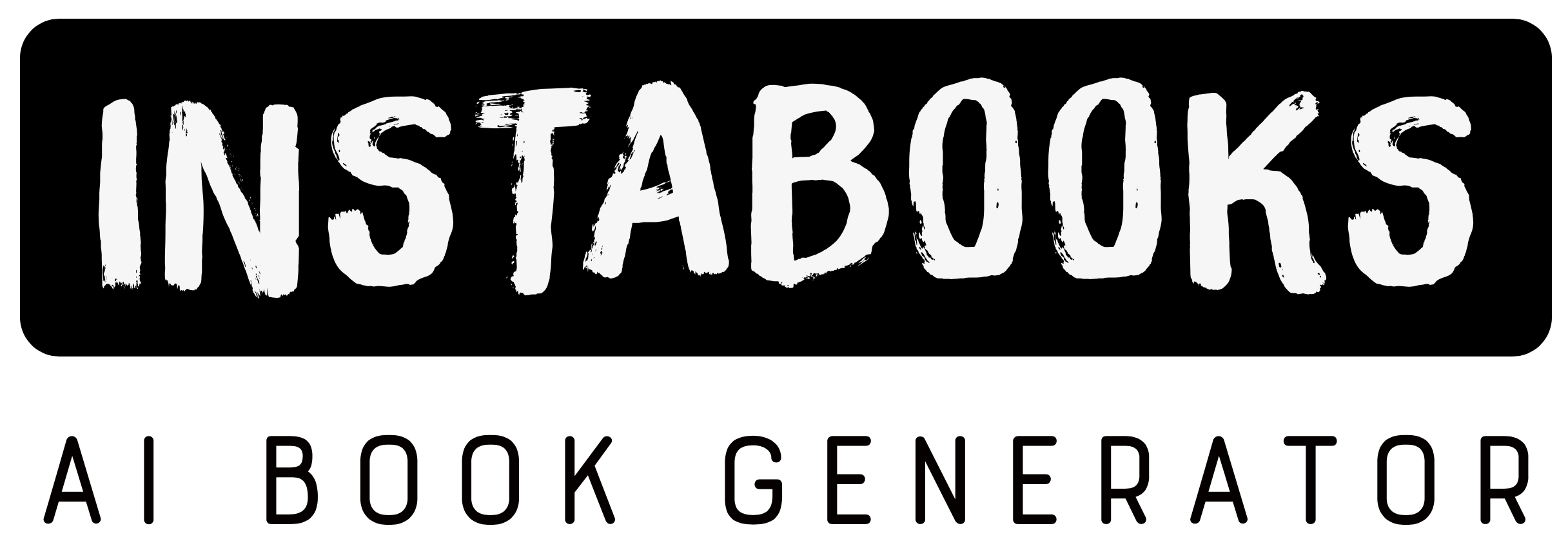
Transforming Language Processing
Exploring the Impact of Attention Mechanisms in Natural Language Processing
Included:
✓ 200+ Page AI-Generated Book
✓ ePub eBook File — read on Kindle & Apple Books
✓ PDF Print File (Easy Printing)
✓ Word DOCX File (Easy Editing)
✓ Hi-Res Print-Ready Book Cover (No Logo Watermark)
✓ Full Commercial Use Rights — keep 100% of royalties
✓ Publish under your own Author Name
✓ Sell on Amazon KDP, IngramSpark, Lulu, Blurb & Gumroad to millions of readers worldwide
Introduction to the Transformer Model
In recent years, the field of Natural Language Processing (NLP) has undergone a major transformation, thanks to groundbreaking research from Ashish Vaswani and his colleagues. In their revolutionary paper, "Attention Is All You Need," they introduce the Transformer model, an innovative architecture that leverages attention mechanisms to enhance sequence transduction tasks, thereby changing the landscape of machine translation and NLP as we know it.
The Power of Attention
The crux of the Transformer's success lies in its unique reliance on attention mechanisms, completely eliminating the use of recurrent and convolutional neural networks. This significant shift allows for greater parallelization of training processes, leading to faster and more efficient learning. The model's ability to focus on various parts of input sequences independently enables it to understand and process long-distance dependencies effectively, a crucial factor in improving performance across a multitude of tasks.
Outstanding Performance in Machine Translation
Experiments showcased in the paper reveal astonishing results with the Transformer model. It achieved a BLEU score of 28.4 on the WMT 2014 English-to-German task, surpassing traditional models by a notable margin. Furthermore, the Transformer set a new record by reaching a BLEU score of 41.8 on the English-to-French task following just 3.5 days of training on eight GPUs. This groundbreaking achievement not only redefines state-of-the-art performance in translation but also establishes a robust base for further explorations in NLP.
Versatility Beyond Machine Translation
Beyond its application in machine translation, the Transformer model has proven itself to be versatile and applicable in various NLP tasks. It significantly generalizes well to other tasks such as English constituency parsing, showcasing its efficiency and adaptability. As researchers and developers continue to explore the capabilities of the Transformer, its impact is projected to expand further into different domains of computational language processing.
A Lasting Legacy in NLP
The Transformer architecture represents a watershed moment in the evolution of NLP. As modifications and enhancements emerge—from the weighted Transformer network to average attention mechanisms—the foundation set by Vaswani et al. continues to inspire advancements within the field. For anyone interested in comprehending the future trajectory of Natural Language Processing, understanding the Transformer model is essential.
Table of Contents
1. The Evolution of NLP- A Brief History of Natural Language Processing
- From RNNs and CNNs to the Transformer
- Key Breakthroughs Leading to the Attention Mechanism
2. Understanding the Transformer Architecture
- Core Components of the Transformer
- The Role of Multi-Head Attention
- Position-wise Feed-Forward Networks
3. Training the Transformer
- Training Techniques for Improved Efficiency
- Handling Different Sequence Lengths
- The Importance of Parallelization
4. Performance Metrics in Machine Translation
- Understanding BLEU Scores
- Comparisons with Traditional Models
- Factors Influencing Translation Quality
5. Applications Beyond Translation
- Constituency Parsing Explained
- Text Summarization Using Transformers
- Sentiment Analysis Capabilities
6. Real-World Impact of the Transformer Model
- Industry Adoption in Various Sectors
- Case Studies of Successful Implementations
- Future Directions Inspired by the Transformer
7. The Attention Mechanism in Depth
- Mechanisms of Attention Explained
- Benefits of Attention in NLP Tasks
- Challenges and Limitations of Attention Models
8. Variations and Improvements
- Weighted Transformers: The Next Step
- Average Attention Networks Explained
- Recent Innovations in the Field
9. Research Frontiers in NLP
- Emerging Trends from Transformer Architectures
- Integrating Transformers with Other Approaches
- The Role of Transformers in Future Research
10. Conclusion: The Future of NLP
- Predictions for Next-Gen Models
- Enduring Legacy of the Transformer
- Bridging Theory and Practice in NLP
11. Building with Transformers
- Frameworks for Implementing Transformers
- Tips for Efficient Model Training
- Best Practices in NLP Development
12. Getting Started with NLP Programming
- Basic Tools and Resources for Learning
- Creating Your First NLP Project
- Community and Online Learning Resources
Target Audience
This book is intended for researchers, students, and professionals interested in deepening their understanding of the Transformer model and its applications in natural language processing.
Key Takeaways
- Understanding the architecture and components of the Transformer model.
- Exploration of the unique attention mechanism that revolutionizes NLP tasks.
- Insights into the Transformer's superior performance in machine translation.
- Versatile applications of the Transformer beyond translation.
- The importance of parallelization in enhancing NLP model training.
